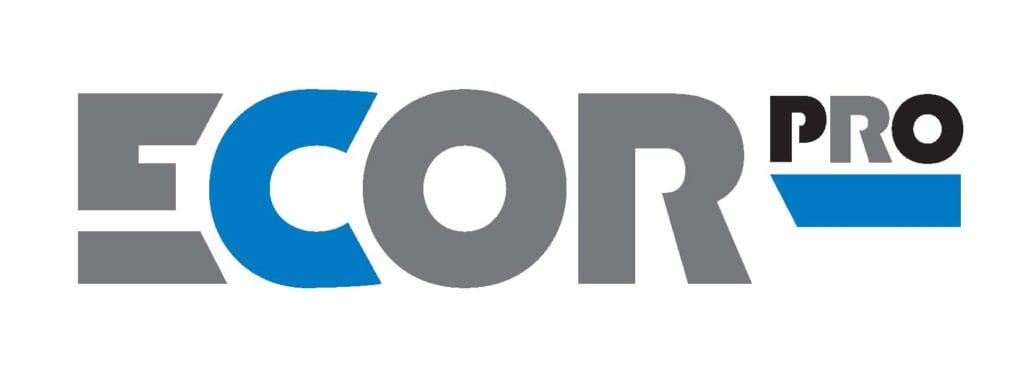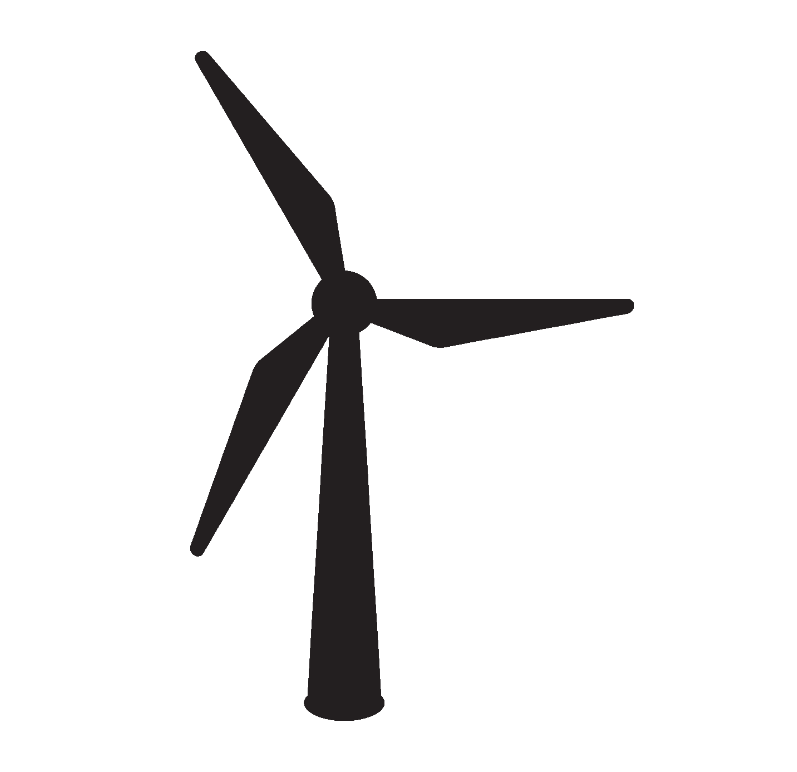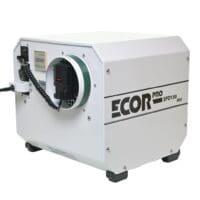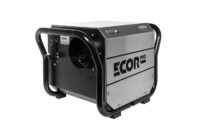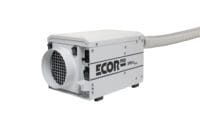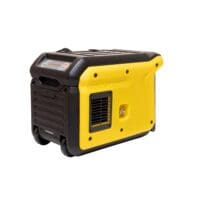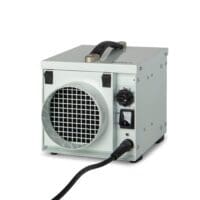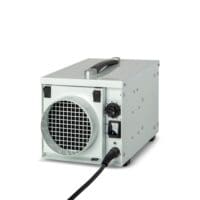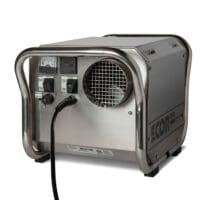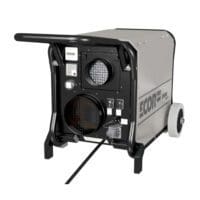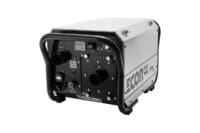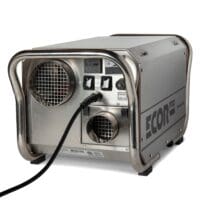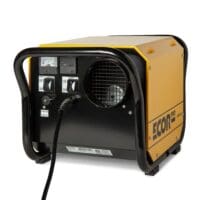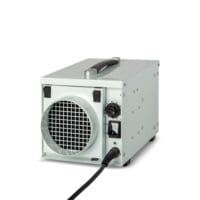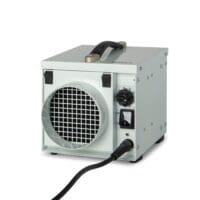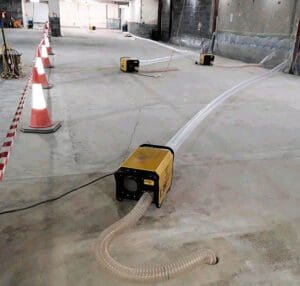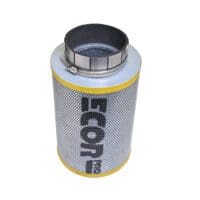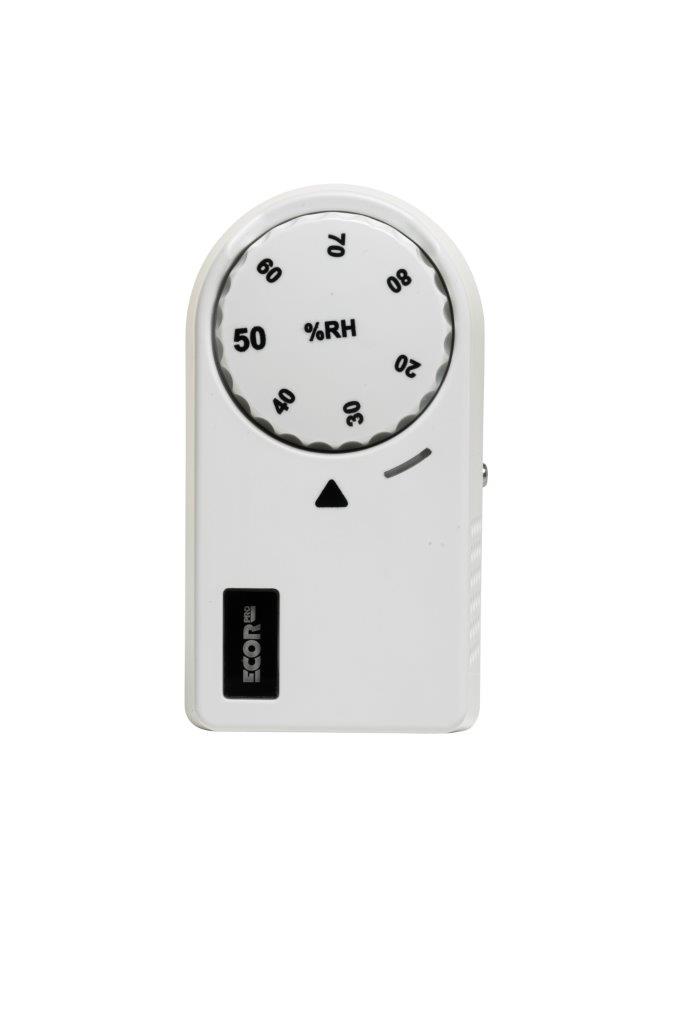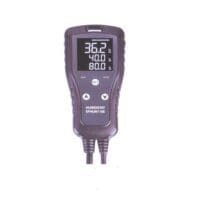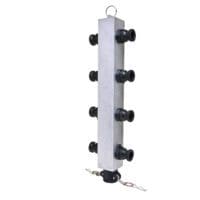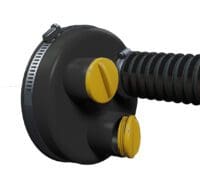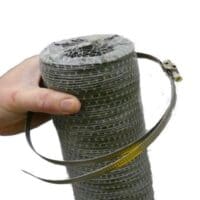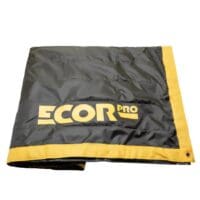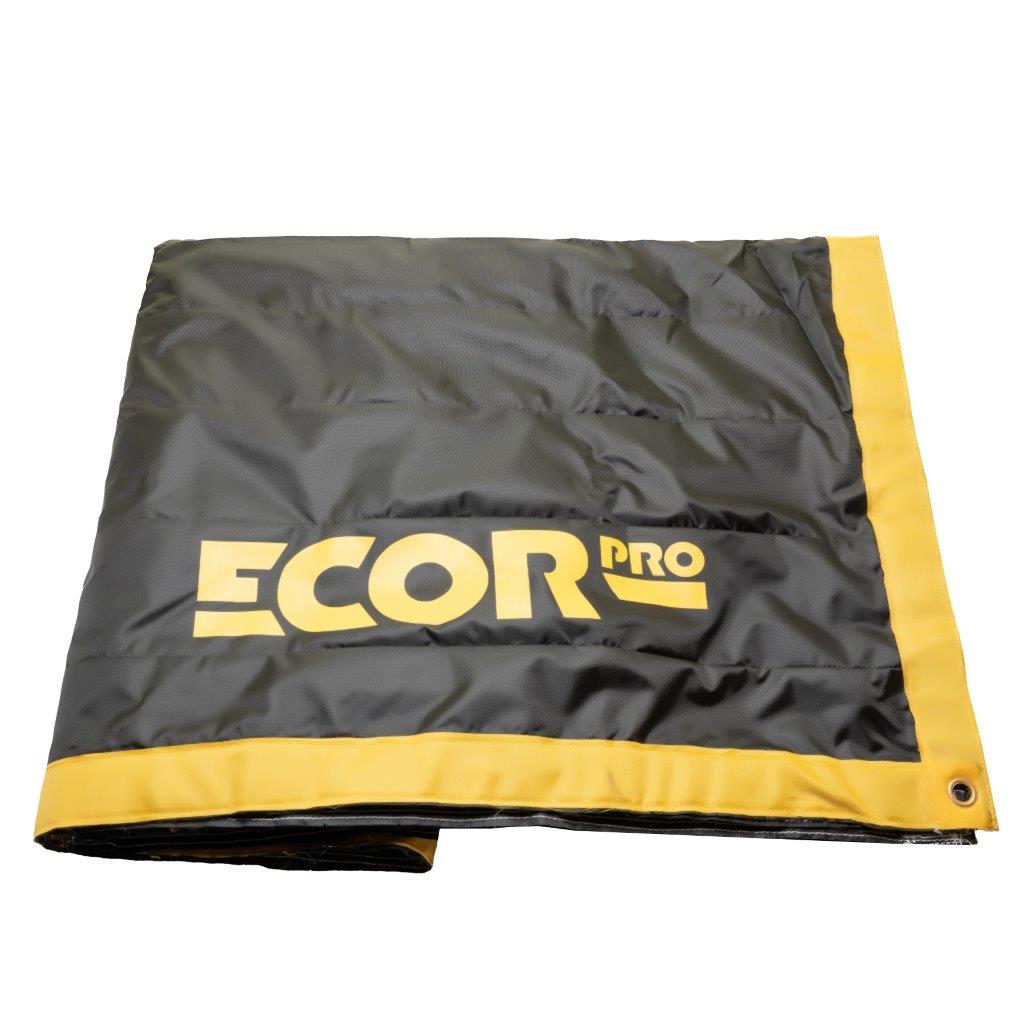Dehumidifiers get rid of water but we need water for plants
Although plants need to be kept at the correct air and soil humidity, there are more considerations as well.
A refrigerant dehumidifier uses electric power, all dehumidifiers do. In fact, all the energy used in a refrigerant dehumidifier is returned to the room – sometimes even more (latent) heat is returned by sometimes a factor of 2.5x. Furthermore, appliance heat is not a contributing factor of increasing temperatures with Ecor Pro desiccant dehumidifiers. As with desiccant dehumidifiers the heat can be vented to the outside – therefore there is no need for a secondary system to cool the growing environment.
The water that is collected by a refrigerant dehumidifier is condensation, which is not the same as rain water, also a condensate. Rain water that travels through the atmosphere becomes more enriched with nitrogen, and minerals are infused when the rain is filtered through rocks and soil. Hence, these resultant nitrates and minerals are essential for healthy plant growth. Condensation from refrigerant water has none of these plant aids.
Operationally, an Ecor Pro desiccant dehumidifier can achieve lower humidity levels than a compressor or refrigerant dehumidifier in usual circumstances. Typically, lower humidity levels are essential for better crop yield.
To achieve a lower growing room humidity, you need the dehumidifier to react fast and provide dry air that will circulate to achieve the level of overall growing room dryness.

With Ecor Pro Desiccant dehumidifiers, the right level of humidity can be obtained more easily to achieve the optimum growing conditions:
1. Seedling Stage
- Seedlings and clones like high humidity levels of 65-70%
- Reason: The root system is not established
- High humidity levels allow water intake through leaves
- Temperatures with lights on: 20-25 °C / 68-77°F (lights off: 5 C° lower) / 61-68°F)
2. Vegetation Period
- Humidity levels can be lowered by 5% each week (acceptable range: 40-70%)
- Temperatures can be increased a little bit (no obligation)
- Reason: Roots absorb more water; evaporation through leaves cools plant(s)
- Temperatures with lights on: 22-28 C° (lights off: 5 C° lower / 63-73°F )
HUMIDITY & Temperature to grow Legal cannabis
3. Flowering Period
- Humidity levels need to be lowered to 40-50% (extremely important)
- You can get away with 55% (anything over 60% is real bad)
- It’s best to slightly lower temperatures in flowering
- Temperatures with lights on: 20-26°C / 68-79°F (avoid high temperatures)
4. Late flowering (1-2 weeks before harvest)
- The following steps are no necessity, but can improve yield, flavour and appearance
- Bring down humidity levels as much as you can: 30-40%
- Lower daytime temperatures, and also increase the temperature difference (day/night)
- Temperatures with lights on: 18-24 °C (lights off: minus 5-10 C°) Means maximum variation from 46-75°F
With Ecor Pro Desiccant dehumidifiers, heat can be removed from the system so that less expensive cooling systems are needed to achieve the right growing conditions.
When you are growing plants:
Care should be taken, as using distilled or condensed water to water plants has some downfalls: it is pure but that does not mean plants are going to thrive. You do need to consider a few other factors:
Nutrient Deficiency
If you’re growing hydroponically, you might run into a calcium or magnesium deficiency if you use distilled water because the primary culprits of hard water are calcium and magnesium; going with distilled means you remove them completely.
pH
Perfectly distilled water usually ends up with a pH of 7, which is neutral. However, some plants like a lower pH, especially when you consider the concept of nutrient lockout. For instance, cannabis needs a pH of between 6 and 6.8 when growing in soil and 5.5 and 6.5 when growing hydroponically.
Rain water is therefore the easiest and cheapest water to use for plants.
What is the water collected from refrigerants?
Don’t drink the water either:
- Water collected from refrigerant dehumidifiers is demineralised water, which is surprisingly highly aggressive.
- Distribution through pipes and storage tanks is not possible because the aggressive water would leach metals and other materials from the pipes and other plumbing materials, food grade plastics should be used only.
- Demineralised water has been proven to have adverse health effects for humans so much so that the WHO published in its latest report available (2004), that it has been adequately demonstrated that consuming water of low mineral content has a negative effect on homeostasis mechanisms, compromising the mineral and water metabolism in the body.
The process of collection is condensation, which is also in effect – distillation.
Heat Energy is Vented Away
Desiccant dehumidifiers vent heat away so that less cooling is needed to maintain the correct temperatures in the growing enviroment.
Desiccants – Twice the Performance
At ideal growing conditions, refrigerant dehumidifiers can consume twice the power of equivalent desiccant dehumidifiers to get the same air drying capacity.
With Ecor Pro Desiccant dehumidifiers, more efficient air drying is achieved in the temperatures that the plants thrive in making them almost twice as efficient as refrigeration dehumidifiers in ideal growing temperatures.
Boat Dehumidifiers EU & USA Models
DH1200 INOX DryFan 12L Stainless Steel Desiccant Dehumidifier
Boat Dehumidifiers EU & USA Models
DH3500 INOX DryFan 45 Litre Stainless Steel Desiccant Dehumidifier
USA / CA
Boat Dehumidifiers EU & USA Models
EPD50-PRO DryFan 50 Pt Stainless Steel Desiccant Dehumidifier
USA / CA
Boat Dehumidifiers EU & USA Models
EPD200-PRO DryFan 200 Pt Stainless Steel Desiccant Dehumidifier
Dehumidifiers for legal growing of cannabis?
Commercial legal cannabis growers will often use dehumidifiers in production to maintain
Read More Here
